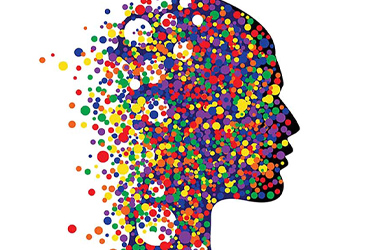The ongoing COVID-19 pandemic has had a significant impact on the LGBTIQ community in Uganda. People living with compromised immune systems, including some persons living with HIV/AIDS, face a greater risk from COVID-19. Homeless persons, a population that includes many LGBTIQ people, are less able to protect themselves through physical distancing and safe hygiene practices. Therefore, East African Visual Artists (EAVA) Limited, has published a series of interviews with different stakeholders to establish the impact of COVID-19 on the LGBTIQ members in Uganda.
Interview with Richard Lusembo
Kindly introduce yourself and your organization?
I am Richard Lusembo and, am the program’s manager at Pan African Uganda. Pan Africa is an LGBTI continental organization based in Johannesburg. I am also the national coordinator of the Uganda key population consortium that brings together key population organizations but also communities like sex workers, LGBTI and people who inject and use drugs.
How has COVID-19 affected the LGBTI communities in Uganda?
The COVID-19 pandemic has severely affected the LGBTI community. First, Covid-19 has brought back the vulnerability of the LGBTI community to the up-close whereby at the very start of the lockdown, the government officials and the politicians have used the presidential directives to attack the LGBTI community which resulted in arrests of the various community members. Second, many people were left homeless due to COVID-19 because their families and relatives threw them out of their homes. Third, Covid-19 has pushed the communities into fear due to the various arrests and detentions. COVID-19 has also pushed many people to go without food because they do not have a sustainable source of income. The curfew imposed on the communities has greatly impacted the social gathering of the community members. Lastly, there is an increase in IPV (Intimate Partner Violence) and gender-based violence all as a result of COVID-19.
“People were forced to live with their homophobic families due to the abrupt lockdown and this greatly impacted on the mental health of the LGBTI communities”.
COVID-19 has therefore pushed the organizations to re-think in terms of how do they plan? How do they engage? Organizations have therefore re-planned on; one, how to communicate with their members. Second, how to carry out community outreaches. Third, how to provide psycho-social support.
Where should the organizations invest more to create an enabling environment for them to thrive and for their employees to continue working?
Organizations should invest in their staff in terms of enabling them to acquire new skills such as how do people work online? for example; if one is an administrator, one has to learn skills of how to organize meetings online hence adopting different and new skills to remain relevant. Organizations should also invest in appliances such as phones to provide counselling and psycho-socio support to the community members thereby ensuring that people have access. They should create spaces where community members can easily access information. This information should not only be targeting internet users but also those who have no access to the internet.
What is your call to the community?
COVID-19 has greatly impacted us more than ever, leaving in isolation is not something new to our Community. We are always leaving in isolation due to discrimination, stigma but COVID-19 made it a huge reality that people were pushed. COVID-19 also took away some form of support system because people could not congregate and move. Therefore, my call to the Community is; let’s abide by the guidelines as given by the Ministry of Health and WHO, let’s be there for each other. By supporting each other, speaking to each other to avoid issues caused by mental health.
What is your call to the Partners, Funders and Donors?
My call to the partners, funders and donors who support the LGBTI movement, is alerting and reminding them that this is not the time to cut resources. This is the time more than ever to invest in Communities, new technologies but also to invest more in human resources because if the workforce is not supported then the communities will not be able to get the required services.




